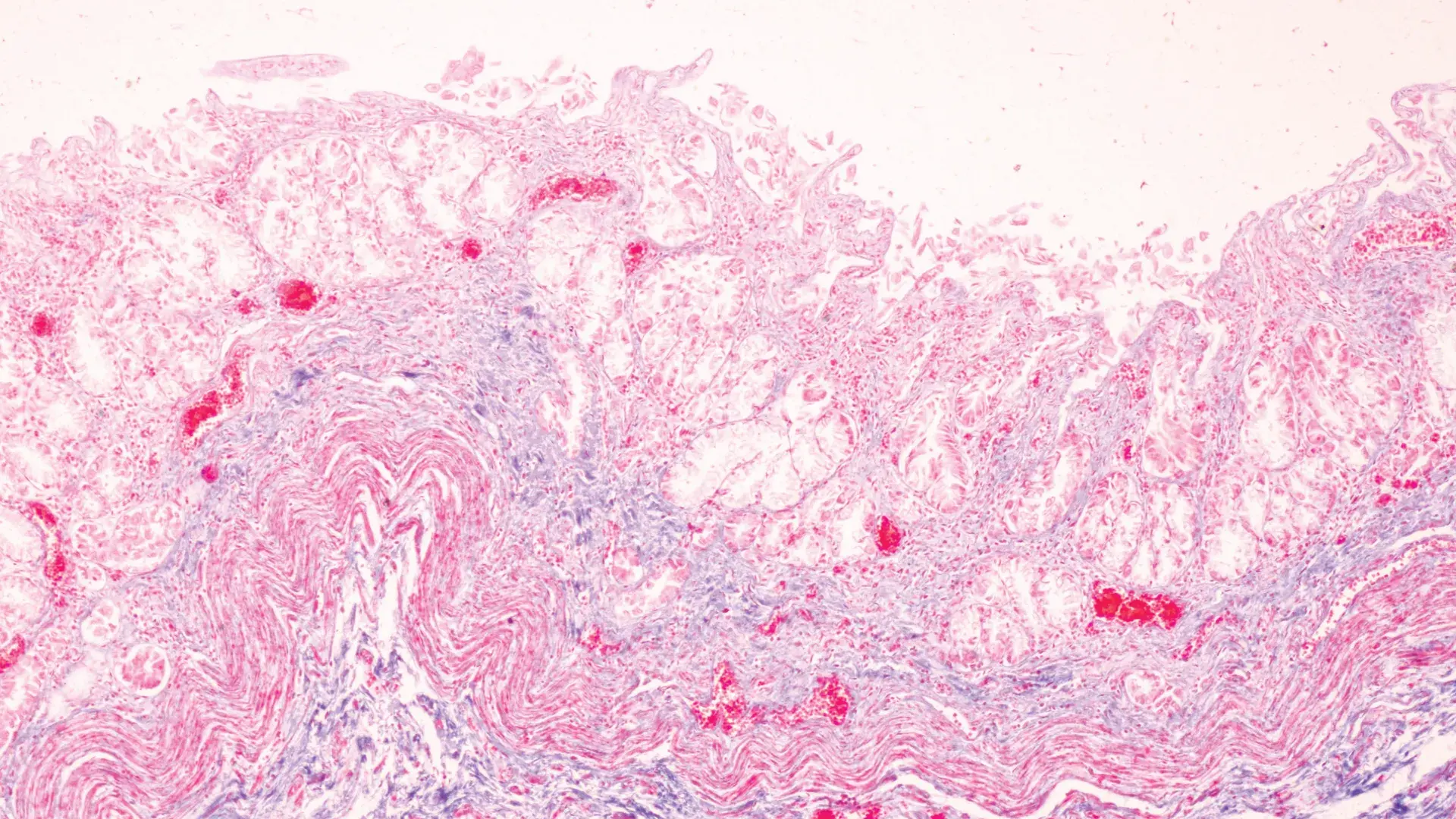4 Questions On NAD/NADH Testing Answered
Unlocking the Secrets of Cellular Energy
1 min read
![]() Dr. Chris Meletis, ND
:
August 21, 2019 at 4:51 PM
Dr. Chris Meletis, ND
:
August 21, 2019 at 4:51 PM

Parabens, phthalates, toluene, and benzene are toxins implicated in neurological disorders. Parabens are antifungal and antibacterial chemicals widely found in personal care products such as soap, shampoo, cosmetics, and perfume. These chemicals are absorbed through the skin. They are classified as endocrine disrupters and estrogen mimics and damage the mitochondria.
Benzene and toluene are volatile organic compounds (VOCs). Benzene is found in gasoline and cleaning products and is used in the production of plastics, resins, synthetic fibers, rubber lubricants, dyes, detergents, drugs, and pesticides. Living near a highway and therefore breathing in vehicle exhaust is associated with benzene exposure. Forest fires also release benzene into the environment. This means a significant portion of the population in the Western U.S. is exposed to benzene every summer and fall, due to exposure to wildfire smoke released from wildfires burning for weeks at a time. Toluene is another common environmental toxin. It can be found in paint thinners, paintbrush cleaners, nail polish, glues, inks, stain removers, and groundwater. Exposure also occurs when breathing in car exhaust and cigarette smoke.
As I share with my patients and doctors across the country, if we aren’t testing we are guessing on what obstacles may be present in any given patient. Afterall there are often many roads to the same destination.
Common Environmental Toxins
|
Toxin |
Possible Sources of Exposure |
|
Phthalates: |
Wall coverings, tablecloths, floor tiles, furniture upholstery, shower curtains, garden hoses, swimming pool liners, rainwear, baby pants, dolls, some toys, shoes, automobile upholstery and tops, food packaging, sheathing for wire and cable, medical tubing, blood storage bags, carpets, paints, glue, insect repellents, hair spray, nail polish, rocket fuel, carpet back coating, floor tile, adhesives, cosmetics, pesticides, toothbrushes, automobile parts, tools, toys, and aspirin. |
|
Benzene: |
Pesticides, wildfire smoke, plastics, resins, synthetic fibers, rubber lubricants, dyes, detergents, drugs, vehicle exhaust, ground water. |
|
Toluene: |
Paint thinners, paintbrush cleaners, nail polish, glues, inks, stain removers, vehicle exhaust, cigarette smoke, and groundwater. |
|
Parabens: |
Personal care products such as soap, shampoo, cosmetics, and perfume. |
|
Styrene: |
Cigarette smoke, packaging, household, and building products, vehicle exhaust, emissions from copy machines. |
For more information on Phthalates and Parabens, watch the webinars below.
References:
1. Reprod Toxicol. 2010 Sep;30(2):301-12.
Unlocking the Secrets of Cellular Energy

Short chain fatty acids (SCFAs) are organic acids produced by bacterial fermentation of dietary fibre and resistant starch. Enterocytes and...

Zonulin has emerged as a popular marker to assess the integrity of the intestinal mucosal barrier. Discovered by Dr Alessio Fasano, Zonulin...